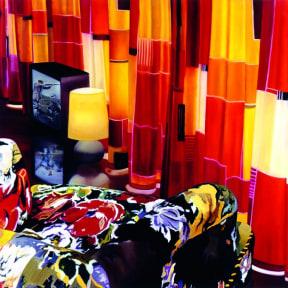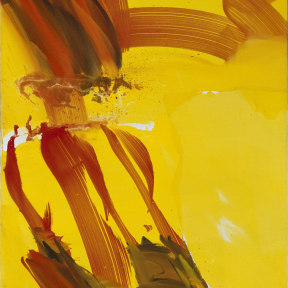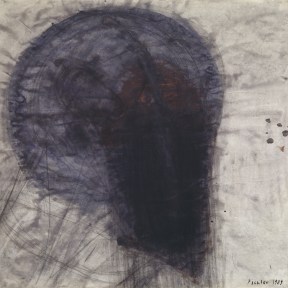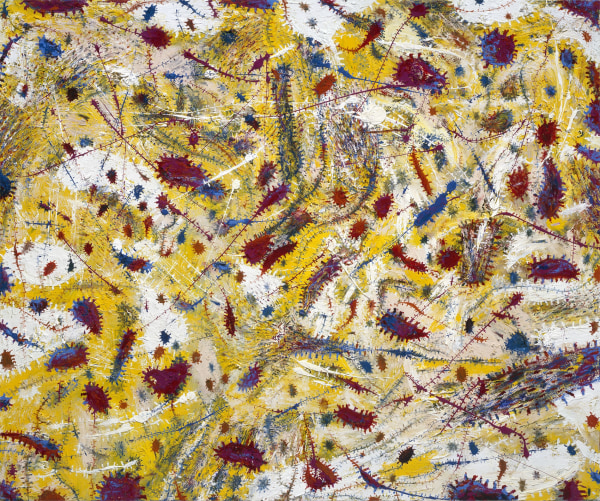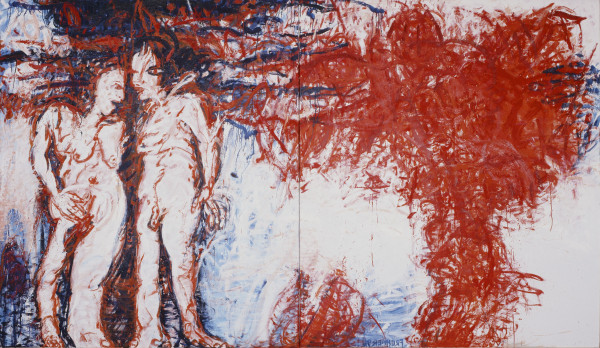-
Biography
Georg Baselitz (1938, Deutsch-Baselitz, Germany)
Born in 1938, the renowned German painter uses figurative themes and alienates or deforms his subjects to the point of abstraction. The choice of separating these elements from reality aims to deconstruct the mental automatisms of perception and knowledge.
Starting from traditional genres such as still life, animal paintings and landscapes with figures, in the first phase of his career, as a young artist in the German Democratic Republic, Baselitz built a path between the extreme positions of socialist realism, typical in the East, and the informal-abstract painting of the West.
Still a student of Hann Trier, Baselitz exhibited for the first time in 1963, his pictures charged with erotic symbolism, triggering dissent and protests.
In addition to his "hero" series in the 1960s, he also created the "Fracture" paintings, portraying the principles of creation and destruction, his typical themes.
By creating paintings, sculptures, graphics and large drawings, the artist exerted a strong influence on the neo-expressionist movement of the "Junge Wilden", born in Berlin in the 1980s.
Georg Baselitz distanced himself from existing styles and reacted to the social context in post-war Germany with figurative and expressive art. The artist wanted to address only problems within painting.
Reversing his themes, he freed the painting from the subject, proclaiming the autonomy of the artwork that wants to be understood as part of the world, not to "express" but simply to "be".
Baselitz thus completes his radical departure from the pre-war avant-garde styles.
His works are represented in all of the world's major museums and collections. Georg Baselitz has received prizes and awards for his art, including the Villa Romana Prize in 1964, the Goslar Kaiserring in 1986, the Lower Saxony State Prize in 2003, the Japanese Praemium Imperiale in 2004 and membership of the French Académie des Beaux-Arts in 2019.
© Georg Baselitz 2023. Photo UniCredit Group
-
Works
-
Exhibitions
Georg Baselitz: German, 1938
Considered one of the most important German artists of our time, who has profoundly influenced international art.
Join our mailing list
* denotes required fields
In order to respond to your enquiry, we will process the personal data you have supplied in accordance with our privacy policy.






